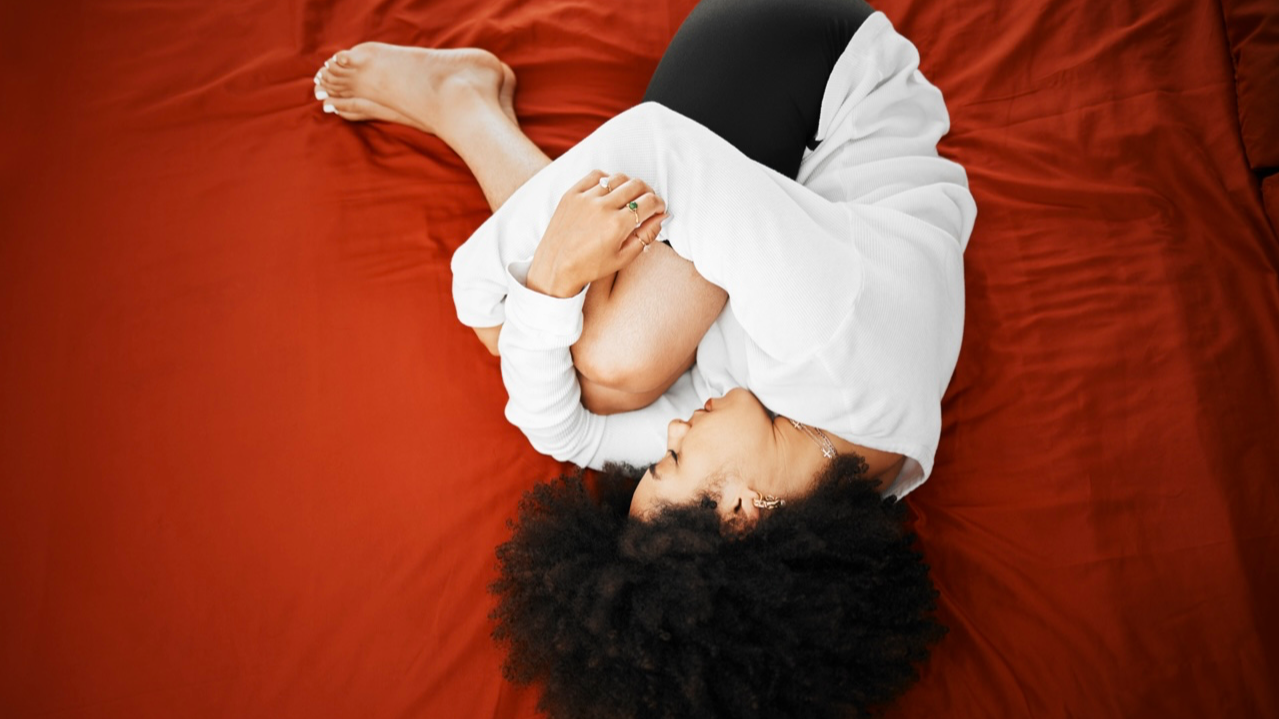Cramps After Ovulation: Causes, Symptoms, and Management
Ovulation is a crucial phase in a woman’s menstrual cycle when an egg is released from the ovary. It is a natural and necessary process for reproduction. While some women may experience mild discomfort or cramps during ovulation, others may experience cramps after ovulation. These post-ovulation cramps, also known as secondary mittelschmerz, can vary in intensity and duration. In this article, we will explore the causes of cramps after ovulation, discuss the symptoms, and provide tips for managing this common occurrence.
Causes of Cramps After Ovulation
1. Corpus Luteum Formation: After ovulation, the ruptured follicle transforms into a structure called the corpus luteum, which produces progesterone. The corpus luteum can sometimes cause discomfort or cramping as it grows and releases hormones.
2. Prostaglandin Release: Prostaglandins are hormone-like substances that play a role in various physiological processes, including the contraction of smooth muscles in the uterus. The release of prostaglandins after ovulation can lead to cramping.
3. Ovarian Cysts: Occasionally, ovarian cysts can develop after ovulation. These fluid-filled sacs can cause discomfort or pain, including cramping.
Symptoms of Cramps After Ovulation
1. Abdominal Discomfort: Cramps after ovulation are typically felt as a dull, achy pain in the lower abdomen. The intensity and duration of the discomfort can vary from woman to woman.
2. One-Sided Pain: The cramping is often localized on one side of the lower abdomen, corresponding to the ovary that released the egg.
3. Bloating or Tenderness: Some women may experience bloating or tenderness in the lower abdomen along with the cramps.
4. Spotting: In some cases, cramps after ovulation may be accompanied by light spotting or discharge. This is usually harmless and is known as ovulation spotting.
Management of Cramps After Ovulation
1. Over-the-Counter Pain Relief: Nonsteroidal anti-inflammatory drugs (NSAIDs) such as ibuprofen or naproxen can help alleviate cramps and reduce inflammation. However, it is important to follow the recommended dosage and consult with a healthcare provider if you have any underlying health conditions or concerns.
2. Heat Therapy: Applying a heating pad or taking a warm bath can help relax the muscles and provide relief from cramps.
3. Gentle exercise: Engaging in light physical activity, such as walking or gentle stretching, can help alleviate cramps by promoting blood circulation and releasing endorphins, which are natural pain-relieving hormones.
4. Relaxation Techniques: Practicing relaxation techniques, such as deep breathing exercises, meditation, or yoga, can help reduce stress and tension, which may contribute to cramps.
5. Hydration: Staying hydrated is important for overall health and can help alleviate cramps. Drink plenty of water throughout the day, especially during your menstrual cycle.
6. Healthy Diet: Consuming a balanced diet that includes a variety of fruits, vegetables, whole grains, and lean proteins can support overall well-being and may help reduce crampin.
7. Track Your Cycle: Keeping track of your menstrual cycle, including the timing and intensity of your cramps, can help you anticipate and manage future episodes. Consider using a menstrual tracking app or a simple calendar to monitor your symptoms.
When to Seek Medical Attention
In most cases, cramps after ovulation are normal and not a cause for concern. However, it is important to seek medical attention if you experience any of the following:
1. Severe Pain: If the pain is severe and significantly interferes with your daily activities or if it lasts longer than a few days, consult with a healthcare provider to rule out any underlying conditions.
2. Abnormal Bleeding: If you experience heavy bleeding or if the spotting becomes persistent or is accompanied by other concerning symptoms, it is advisable to seek medical evaluation.
3. Fertility Concerns: If you are actively trying to conceive and have concerns about your fertility or if you have been experiencing difficulty getting pregnant, it is recommended to consult with a healthcare provider or fertility specialist for further evaluation and guidance.
Cramps after ovulation, also known as secondary mittelschmerz, can be a normal occurrence for some women. Understanding the causes and symptoms of these cramps can provide reassurance and help manage the discomfort. Over-the-counter pain relief, heat therapy, gentle exercise, relaxation techniques, proper hydration, and a healthy diet are all strategies that can help alleviate cramps. However, if the pain is severe, persists for an extended period, or is accompanied by abnormal bleeding, it is important to seek medical attention. By being aware of your body’s signals and taking steps to manage the discomfort, you can navigate through post-ovulation cramps with greater ease and peace of mind.











